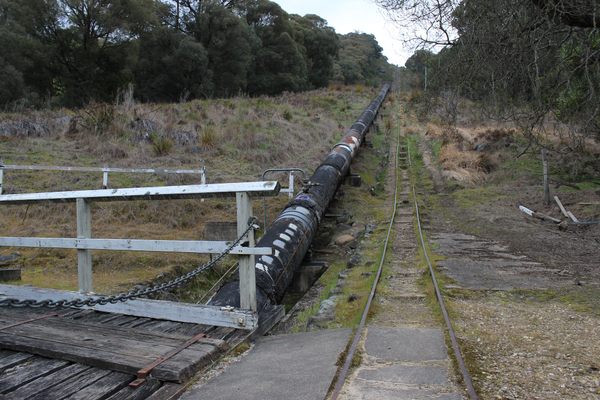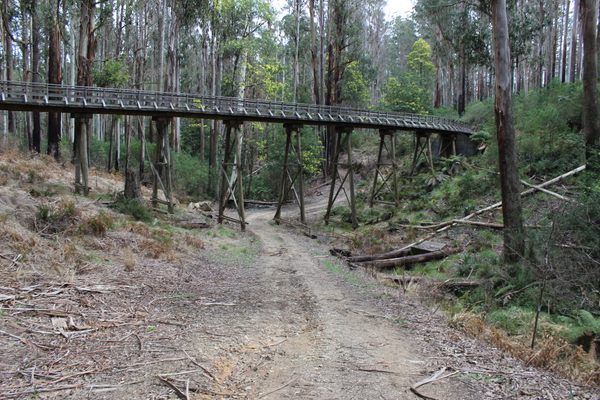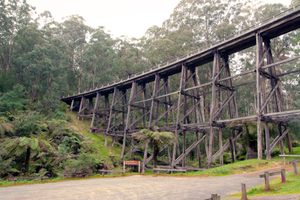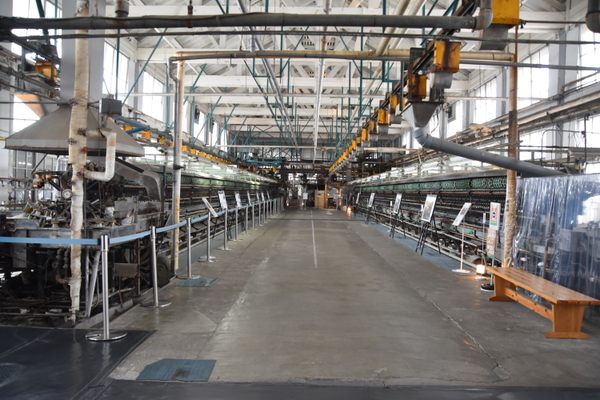About
The Rubicon Hydroelectric Scheme was a triumph of early-20th century engineering. Constructed by the State Electricity Commission in 1922, it has supplied electricity to Victoria for almost 100 years by harnessing the natural power of the Rubicon and Royston Rivers. When first opened, the system supplied around 16 percent of the entire state's electricity requirements.
It consists of several power stations, of which the Rubicon Power Station is the largest. These buildings sit at the bottom of a steep drop well over 1,000 feet (304-meters) from the top of a hill where a large pipe funnels water into two wheel generators. The other three power stations are located on the rivers.
Other points of interest include three small dams that help control water flow and supply, an old narrow-gauge tramway, and an abandoned settlement near the end of the Rubicon River Road. There is abundant wildlife and vegetation throughout the area.
Visitors can walk a circuit past most of the significant sites in about five-six hours. Tracks are generally wide and well-marked and mostly follow either the Royston or Rubicon Rivers.
Related Tags
Know Before You Go
The Rubicon Valley is not accessible by public transportation. The road leading to the base of the Valley can be traversed easily in a two-wheel-drive car. There are tracks leading further into the bushland, but these are designed for off-road four-wheel-drive vehicles.
This is a remote location so the usual caveats apply. Carry plenty of water, food, and other supplies. Have an emergency plan, and tell people when you are leaving and expect to return. This area has a high bushfire risk and should be avoided during times of high fire danger. Check emergency services before visiting.
Note that many areas are still part of an operational infrastructure and are not publicly accessible without prior permission from Parks Victoria or AGL.
The entire site is listed on the National Heritage Register and under no circumstances should any historical artifacts or remnants be tampered with, moved, or removed.
Published
October 28, 2020































